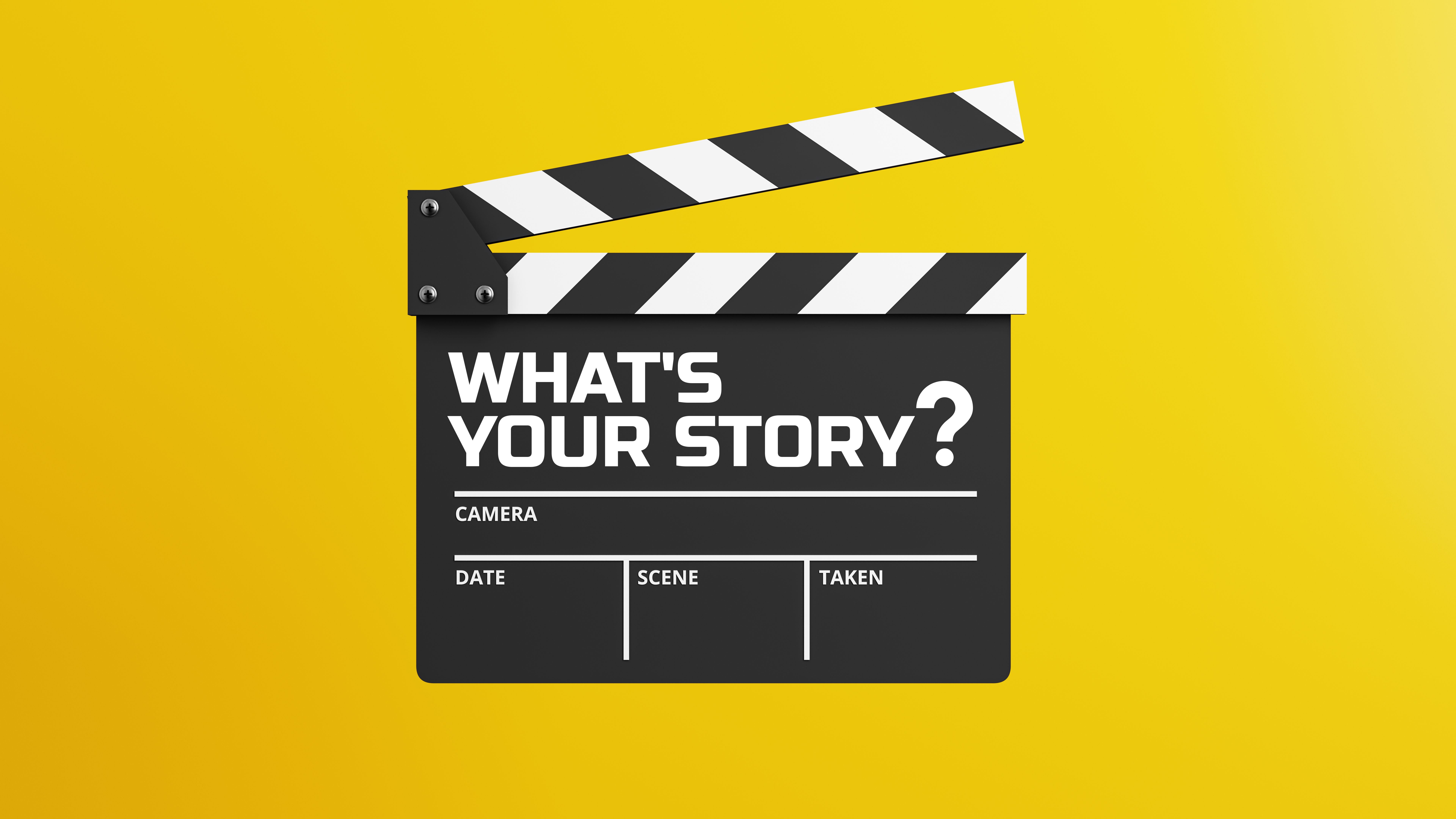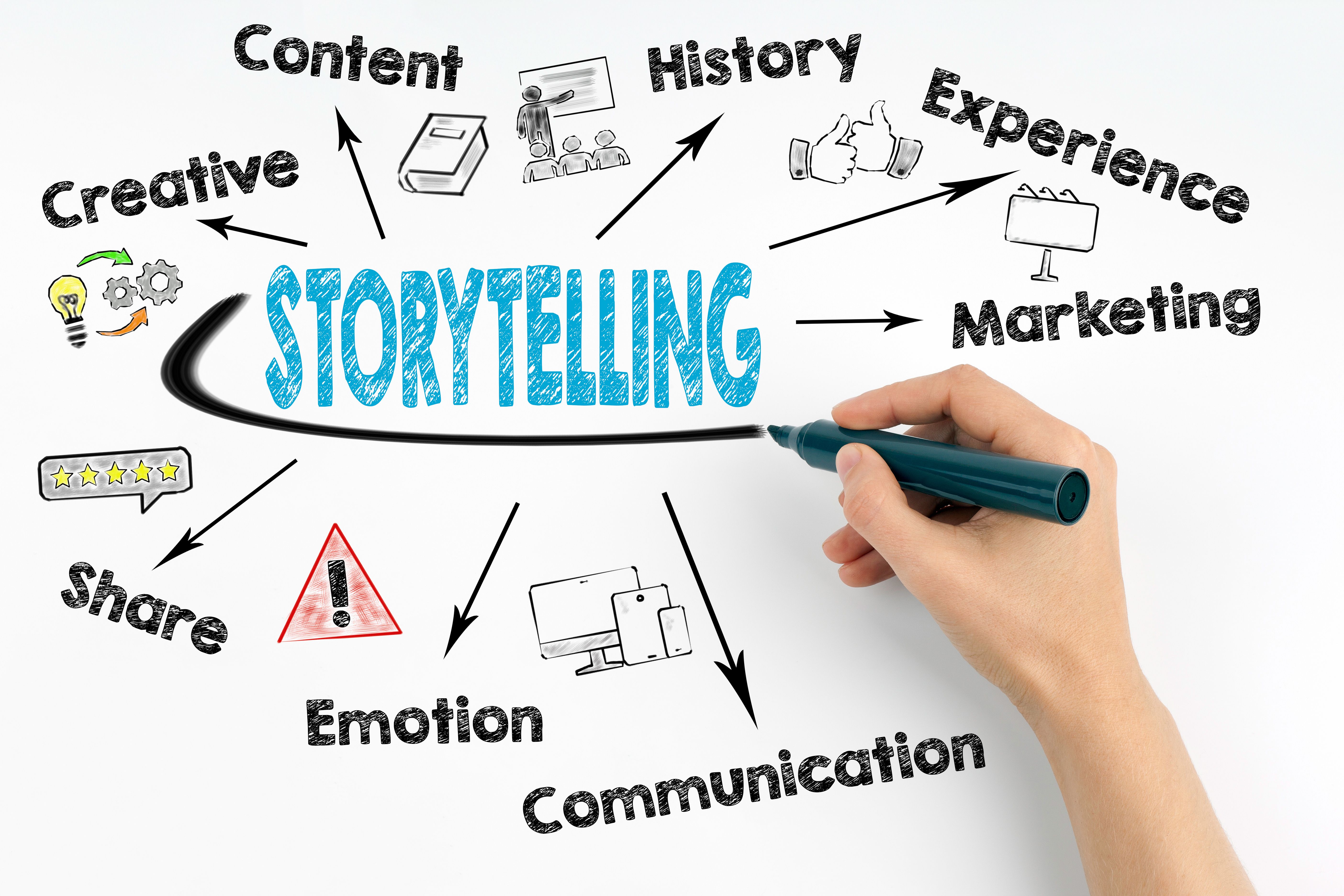Enhancing Your Marketing Strategy with Storytelling Techniques
The Power of Storytelling in Marketing
Storytelling has long been a powerful tool in human communication, capable of conveying complex ideas and emotions in an easily digestible format. In the realm of marketing, storytelling can transform your brand's message into an engaging narrative that resonates with your audience. By incorporating storytelling techniques into your marketing strategy, you can create a deeper connection with your customers and elevate your brand's presence.

Understanding Your Audience
To craft an effective story, it's essential to have a deep understanding of your target audience. Knowing their preferences, pain points, and values allows you to tailor your narrative in a way that speaks directly to them. Start by conducting research and gathering data on your audience. This might include demographic information, consumer behavior, and feedback from surveys or social media interactions.
Once you have a clear picture of who your audience is, you can build a story that aligns with their interests and needs. A well-crafted narrative will not only capture their attention but also evoke emotions that drive engagement and loyalty.
Crafting a Compelling Brand Narrative
Your brand story is more than just a history lesson; it's a dynamic narrative that should convey your brand's mission, vision, and values in a relatable and inspiring way. Begin by identifying the core message you want to communicate. What makes your brand unique? What problem do you solve for your customers? Use these elements as the foundation for your story.

Consider using a classic storytelling structure to guide your narrative. This might include elements such as a protagonist (your brand or customer), a challenge or conflict (the problem you're solving), and a resolution (how your product or service provides the solution). By framing your brand's journey in this way, you create a narrative arc that engages your audience on an emotional level.
Utilizing Different Mediums
Storytelling isn't limited to written content. Leverage various mediums to bring your story to life. Visual storytelling through videos or images can be particularly impactful, as it adds a layer of emotional depth and immediacy to your message. Consider creating short video testimonials from satisfied customers or behind-the-scenes glimpses of your company culture to humanize your brand.
Audio storytelling through podcasts or voiceovers can also be effective, especially for audiences who prefer consuming content on the go. By diversifying the mediums through which you tell your story, you can reach a broader audience and maximize engagement.

Measuring the Impact of Storytelling
As with any marketing strategy, it's important to measure the impact of your storytelling efforts. Track key performance indicators (KPIs) such as engagement rates, conversion rates, and customer feedback to evaluate the effectiveness of your narrative. Utilize tools like Google Analytics or social media insights to gather data on how your audience is interacting with your content.
This data will help you refine your storytelling approach over time, ensuring that it remains relevant and impactful. Remember that storytelling is not a one-time effort but an ongoing process that evolves alongside your brand and audience.
Conclusion: The Lasting Impact of Storytelling
Incorporating storytelling techniques into your marketing strategy can yield significant benefits for your brand. By creating compelling narratives that resonate with your audience, you can foster stronger connections and drive meaningful engagement. As you refine your storytelling skills, you'll discover new ways to captivate your audience and build lasting relationships that extend beyond transactional interactions.

